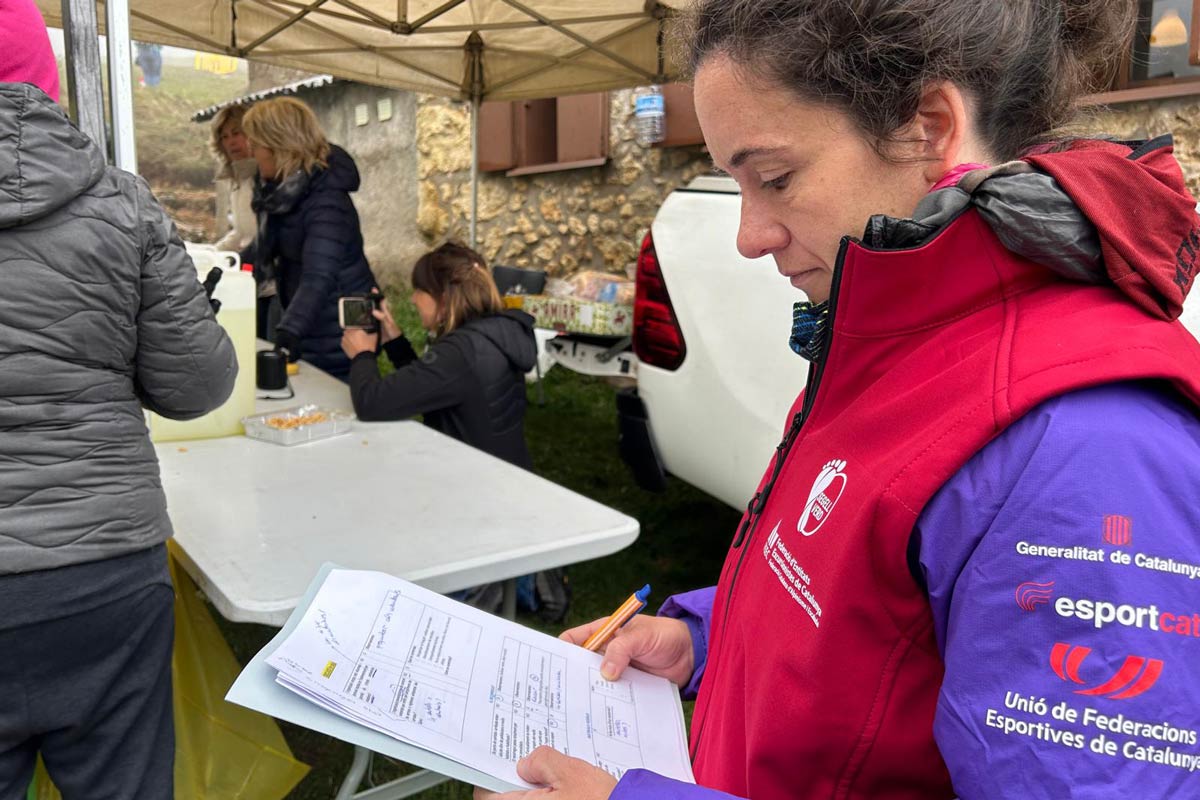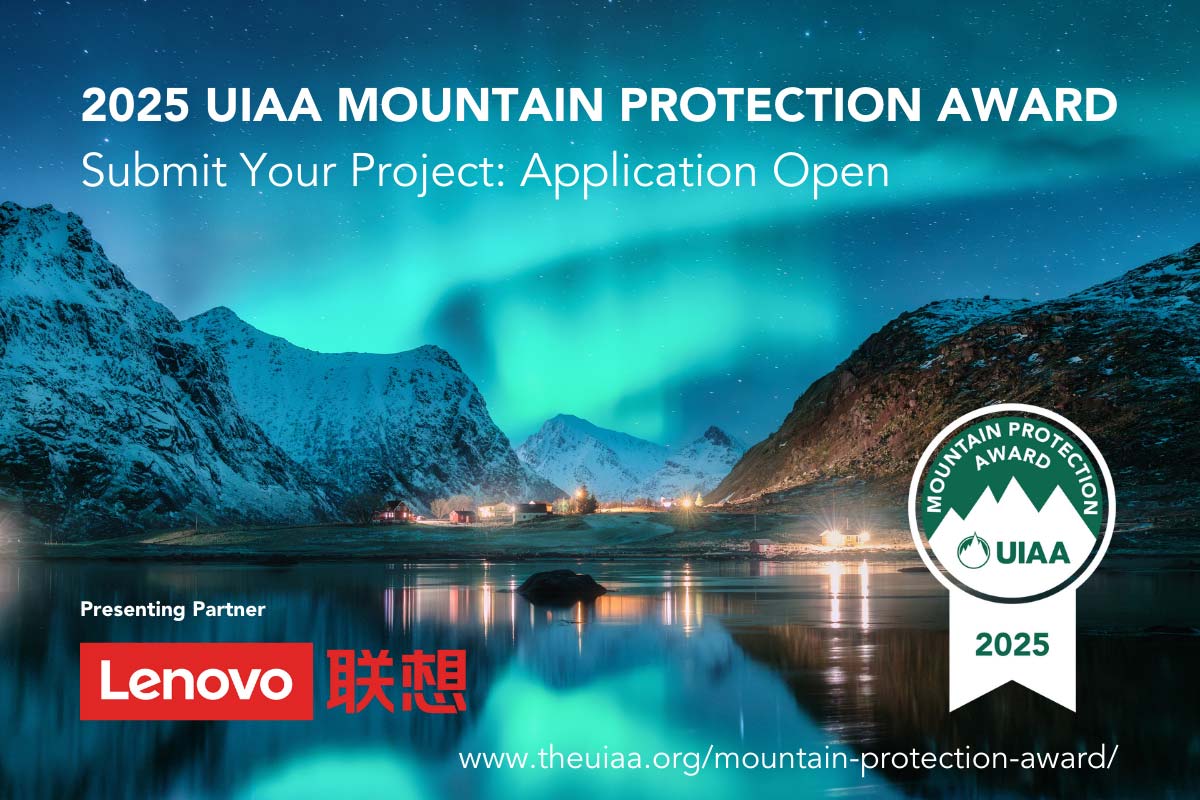Editor’s Note: Rodney Garrard is a member of the UIAA’s Mountain Protection Commission. His article The effects of climate change on people in the Andes: melting glaciers means drought, tension and conflict for Peru’s mountain people in and around Huascarán National Park was recently published in the June 2012 edition of eco.mont, an Austrian peer-reviewed journal that publishes research within protected mountain areas.
What the paper is about
The paper focuses on the impact of climate change, the resulting melting of glaciers and the impact on hundreds of thousands of people, primarily Inca, who live in and near the Huascarán National Park in Peru’s Cordillera Blanca range.
The rapid loss of glaciers, writes Rodney, not only raises the threat of debris flows such as the one in 1970 when more than 20,000 people were killed but also a change in the way of life for the rural residents of these mountain communities.
It also leads to a situation where there is an initial increase in melt water followed by a decrease in the overall water supply for area residents over the long-term as glaciers lose their mass.
Rodney writes that the residents of the 180 kilometre Cordillera Blanca range are faced with the double whammy of dealing with the loss of almost 27 per cent of the glaciers on the range since 1970 (and the accompanying impact on water supply)as well as pressures brought about by the forces of globalization, especially mining and the privatization of water.
Rodney writes there is the added problem that as climate change progresses increases some mountain farmers have begun to move higher up on the slopes for agricultural purposes increasing the pressure on the water supply and competition for it. Water in the dry season for agriculture and consumption in the valleys below comes almost exclusively from glaciers.
“The residents of Huascarán National Park, like so many other rural mountain people around the world, have the unfortunate distinction of being at the forefront of the impacts of climate change, which might be termed a narrative of victimhood – the people directly affected by glacier retreat passively suffer the actions of others,” writes Rodney.
“They make a very small direct contribution to the worldwide emissions of greenhouse gases that are the root cause of climate change and are the furthest removed from the decision-making process (Adger et al. 2001).”
The area which contains 600 glaciers and an ever-growing number of glacial lakes is unique in that it is home to one of the longest running research programmes on glacier-climate dynamics in the tropics and is a place where glaciologists have been working continuously since 1941.
One possible solution
One of the solutions Rodney focuses on in his paper is the need for a concerted effort to restore and protect the remaining quenual forests, grassland and alpine ecosystems in the upper reaches of the park.
“The restoration of these quenual forests would result in cooler environments, better infiltration and storage of water, higher biodiversity and more niches for vulnerable plants and animals,” writes Rodney.
If the upper catchment were restored and protected, it would act like a nature sponge and a reservoir releasing water more slowly than if it was a than if a different type of vegetation (like a eucalypt) or no vegetation,” said Rodney.
The full paper which explores these and other issues related with climate change in the Huascarán National Park can be found on the eco-mont website at the following link.
For more information contact Rodney Garrard through his website.
Rodney Garrard is a PhD student at the Centre for Development & Environment (CDE), Institute of Geography at the University of Bern, Switzerland. Garrard’s main research focuses on landscape transformation in Sagarmatha (Mt Everest) National Park, Nepal, by the forces of globalisation, tourism demand and recent political change.


